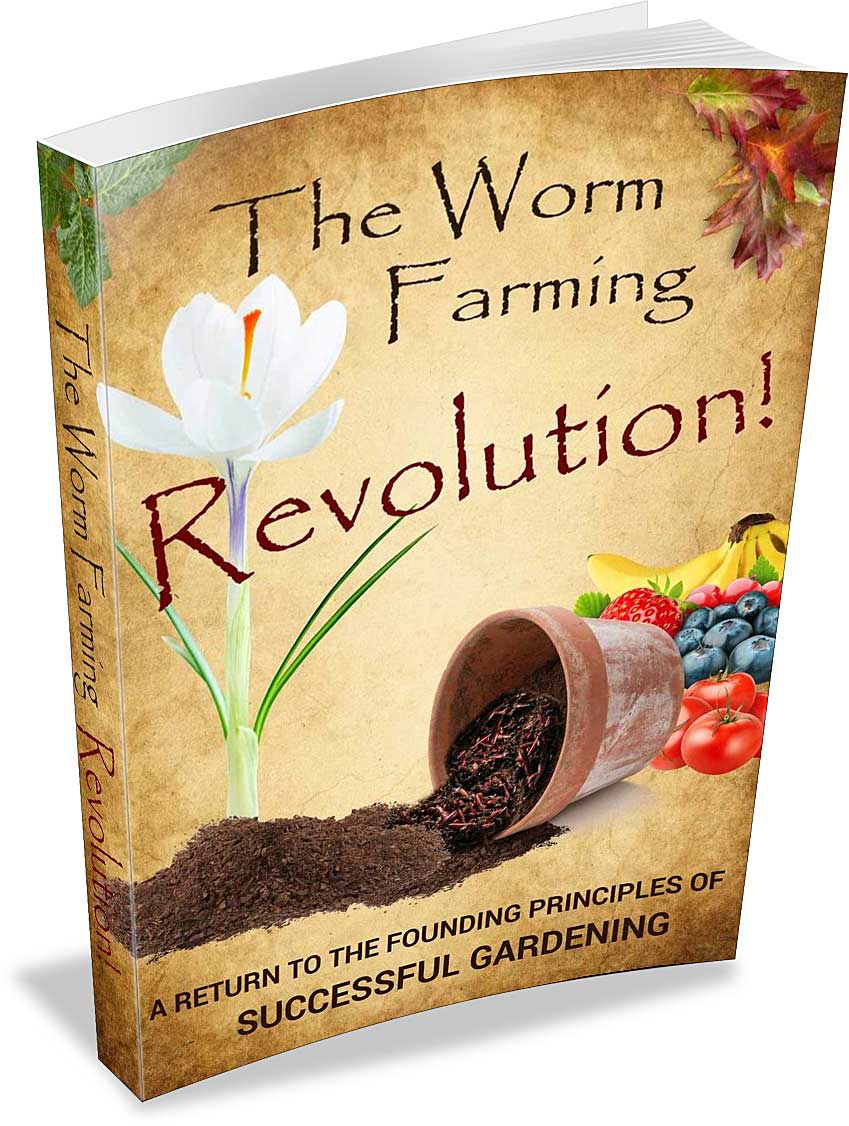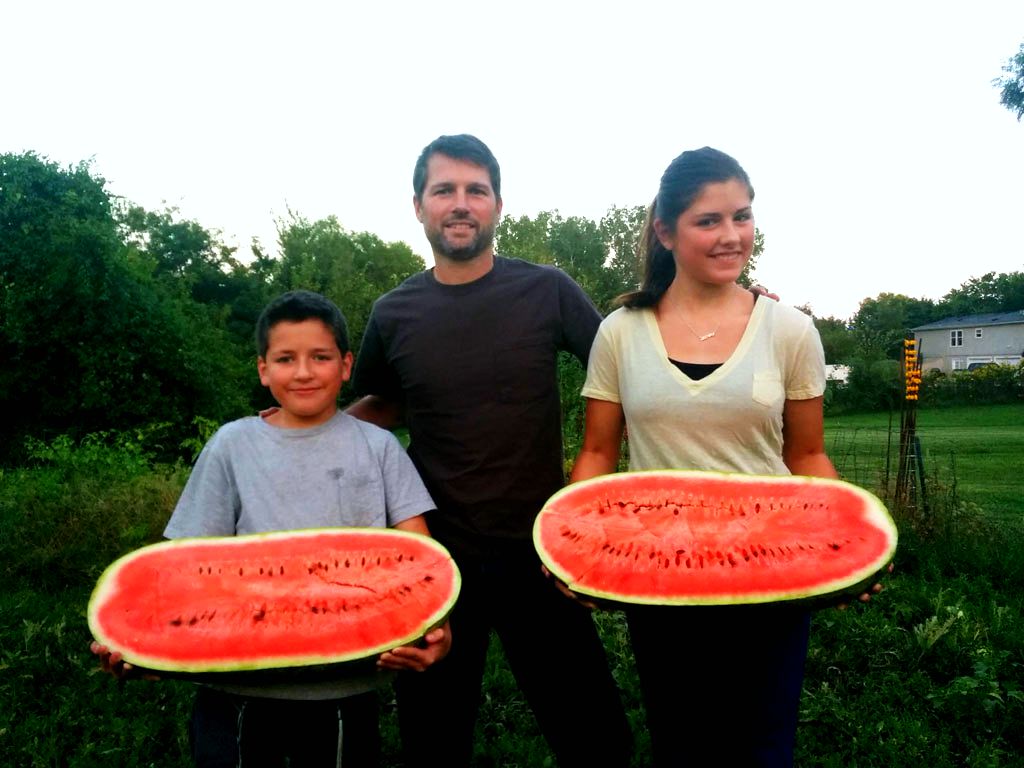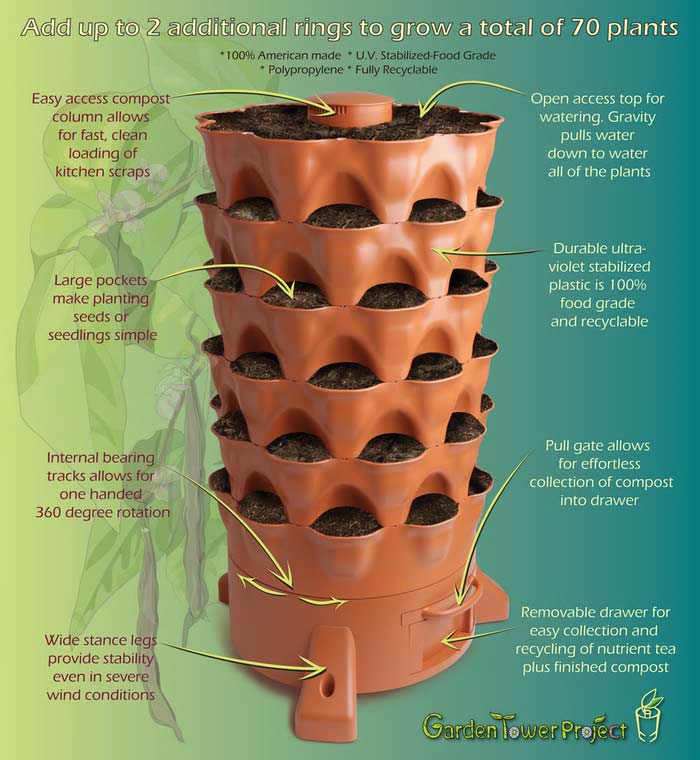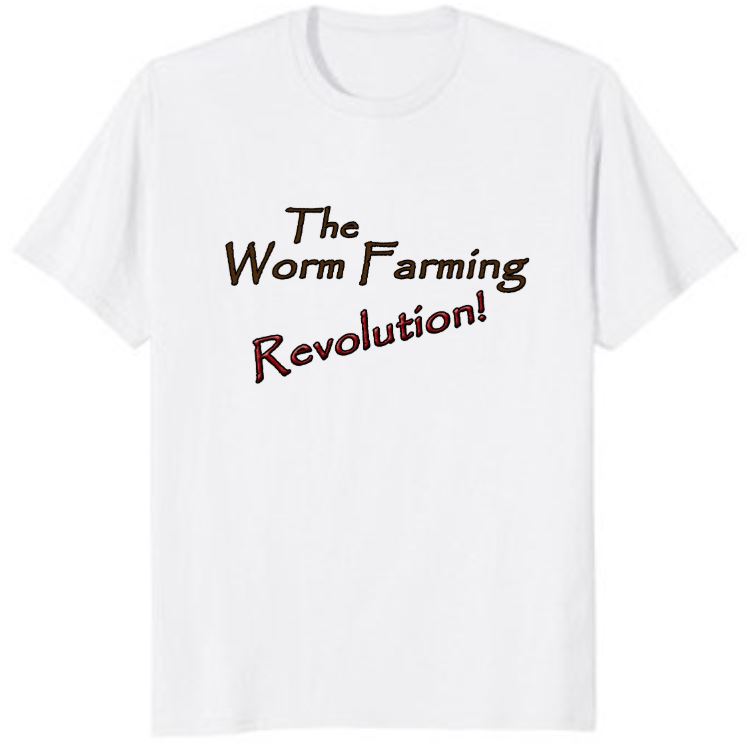Finding the Right Type of Soil
by Ryan Whitaker
(Vancouver, WA)
I started my first worm bin about 3 months ago. They were doing pretty well until I noticed some of them trying to escape. That told me they weren't happy in there. I figured their bin was becoming too rich with castings. So I got another bin, prepared it with air holes, bought some garden soil (I'm not where I can just go dig up any soil from my yard), mixed in some sandy soil from a friend's yard, and mixed in some peat moss. I was trying to make a rich, yet loose type of soil for them. I wetted it down pretty well, and picked out the worms from the first bin and put them into the new bin.
The first night there was an attempt to make a mass exodus! They were not happy with the new bin at all!!
I've had problems with them trying to escape, despite all I have done to make them happy.
I'm afraid the store bought soil I got had too much bark mulch in it, which is splintery and acidic.
SO - my question: What is the best kind of soil to use in a new bin? Something the worms will accept?
Thank you!
Ryan Whitaker
(PS - I grew up in Otis Orchards! We owned 7 acres behind the KOA on Barker Rd, on the banks of the river (we sold them their 10 acres).
Comments for Finding the Right Type of Soil
|
||
|
||











